Home>Ideas and Tips>Upgrading Your Home’s Basement With DIY Soundproof Home Theater
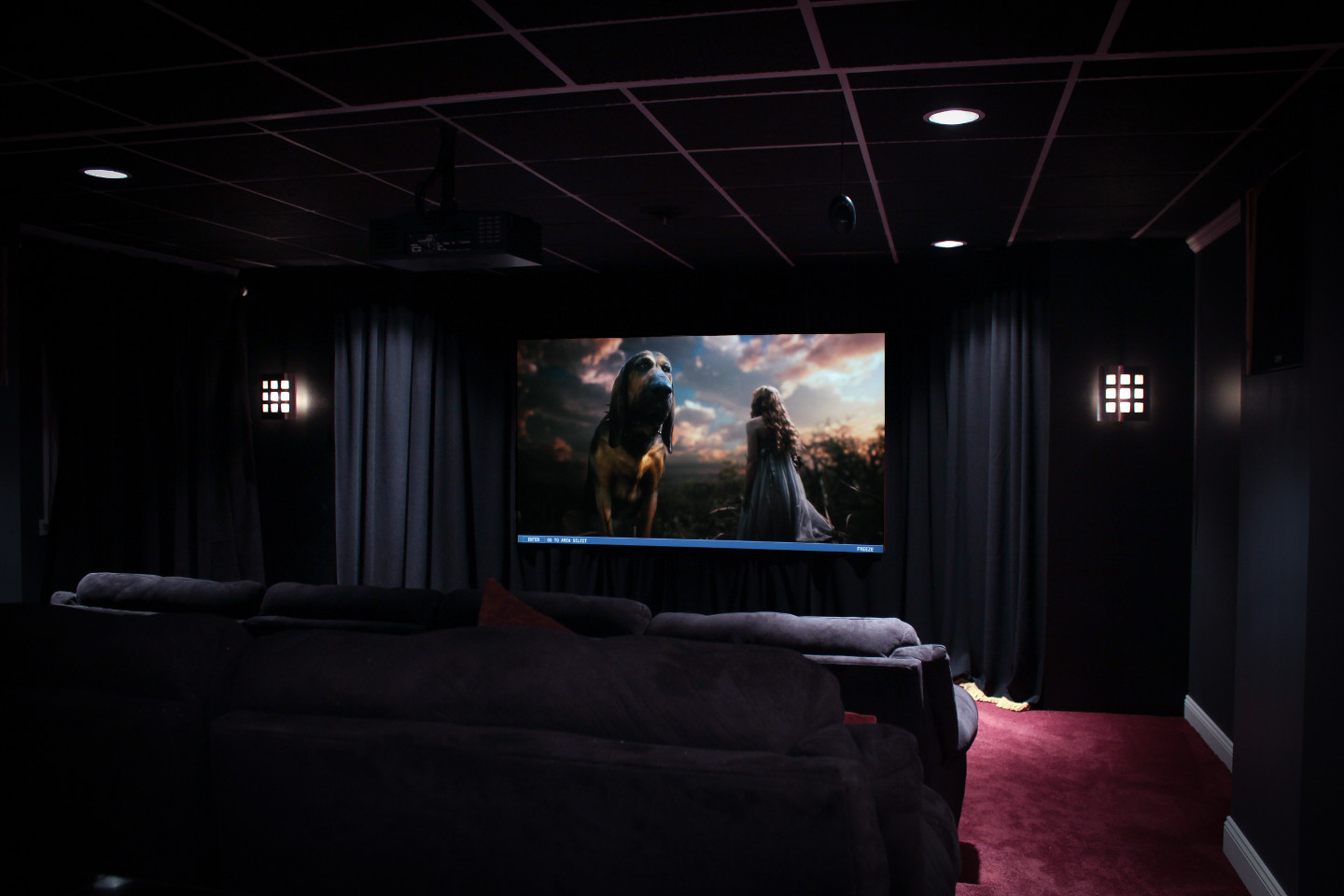

Ideas and Tips
Upgrading Your Home’s Basement With DIY Soundproof Home Theater
Published: September 21, 2024
Transform your basement into a soundproof home theater with our DIY guide. Enhance your entertainment experience with expert tips and practical steps.
(Many of the links in this article redirect to a specific reviewed product. Your purchase of these products through affiliate links helps to generate commission for Storables.com, at no extra cost. Learn more)
Transforming your basement into a state-of-the-art home theater is a fantastic way to enhance your living space and entertainment experience. However, soundproofing is crucial to ensure that the audio quality remains pristine and the noise level is minimized. In this article, we will guide you through the process of upgrading your basement with a DIY soundproof home theater, focusing on both the technical aspects and practical steps.
Assessing Your Basement
Before you begin, it’s essential to assess your basement's current condition. This includes evaluating the layout, insulation, and any existing structural elements that might affect your project. Here are some key points to consider:
- Layout: Measure the dimensions of your basement to determine the best placement for your home theater setup. Consider the seating arrangement and how you want to position your speakers.
- Insulation: Check if your basement is well-insulated. Poor insulation can lead to noise leakage and affect sound quality.
- Structural Elements: Identify any structural elements like ductwork, pipes, or electrical wiring that could interfere with your soundproofing efforts.
Soundproofing Basics
Soundproofing involves creating barriers to prevent sound from escaping or entering a room. There are several methods you can use:
- Mass Loaded Vinyl: This is a heavy, flexible material that can be applied to walls and ceilings to absorb sound. It’s particularly effective for high-frequency sounds.
- Acoustic Panels: These panels are designed to absorb sound rather than reflect it. They come in various shapes and sizes and can be hung on walls or placed in corners.
- Seal Gaps and Cracks: Use caulk or spray foam to seal any gaps or cracks around windows, doors, and other openings.
- Thick Insulation: Adding thick insulation like fiberglass or cellulose can help reduce noise transmission through walls and ceilings.
Setting Up Your Home Theater
Once you have soundproofed your basement, it’s time to set up your home theater. Here’s a step-by-step guide:
-
Choose Your Equipment:
- Projector or TV: Decide whether you want a projector or a large screen TV. Projectors offer more flexibility in terms of screen size but require a dark room for optimal viewing.
- Sound System: Select a sound system that includes speakers, a receiver, and possibly a subwoofer for better bass response.
- Seating: Choose comfortable seating that is designed for home theaters, often with reclining capabilities and cup holders.
-
Positioning Your Equipment:
- Projector Placement: If using a projector, position it in a way that minimizes glare and ensures an even image projection.
- Speaker Placement: Place speakers strategically around the room to create an immersive audio experience. Common placements include front left and right speakers, center channel speaker, rear surround speakers, and subwoofer.
-
Calibrating Your System:
- Use calibration tools provided with your equipment or third-party apps like Audyssey MultEQ to optimize sound settings for your specific room.
DIY Soundproofing Techniques
While professional soundproofing services are available, many DIY techniques can be effective and cost-efficient:
-
DIY Acoustic Panels:
- Create your own acoustic panels using materials like Owens Corning 703 insulation, fabric, and a frame. This can be a cost-effective way to improve sound absorption in your home theater.
-
Mass Loaded Vinyl Installation:
- Apply mass loaded vinyl directly to walls or ceilings using a putty knife or roller. This method is particularly useful for high-frequency sound reduction.
-
Sealing Gaps with Spray Foam:
- Use spray foam to seal gaps around windows, doors, and any other openings that could allow sound to escape or enter.
-
Thick Insulation Installation:
- Add thick insulation like fiberglass batts between studs or cellulose insulation in ceiling cavities to reduce noise transmission through walls and ceilings.
Additional Tips for Optimal Sound Quality
To ensure optimal sound quality in your home theater:
- Use Soundproofing Materials Strategically: Apply soundproofing materials strategically based on their effectiveness against different frequencies of sound.
- Minimize Reflections: Use sound-absorbing materials like acoustic panels to minimize reflections off hard surfaces which can degrade audio quality.
- Optimize Seating: Position seating so that it is equidistant from all speakers for an immersive audio experience without any dead spots.
- Control Lighting: Ensure that lighting is minimal during movie nights as excessive light can interfere with projector performance or TV screen visibility.
Upgrading your basement into a DIY soundproof home theater requires careful planning and execution but can significantly enhance both the aesthetic appeal and functionality of your living space. By following these steps—assessing your basement's condition, implementing soundproofing techniques, setting up your home theater equipment, and optimizing settings—you can create an immersive entertainment experience that rivals commercial cinemas without breaking the bank.
Remember that patience and attention to detail are key when undertaking such a project; however, with persistence and creativity, you can transform your basement into an ideal space for enjoying movies or music in comfort and clarity.
References:
- HubSpot Community – Two RSS Feed in a RSS Feed email
- RSS Made Easy – YouTube
- RSS – Wikipedia
This article provides a comprehensive guide on how to upgrade your basement with a DIY soundproof home theater, covering both technical aspects like soundproofing methods and practical steps such as setting up home theater equipment. By following these steps, you can create an immersive entertainment experience that enhances both the aesthetic appeal and functionality of your living space.
Was this page helpful?
At Storables.com, we guarantee accurate and reliable information. Our content, validated by Expert Board Contributors, is crafted following stringent Editorial Policies. We're committed to providing you with well-researched, expert-backed insights for all your informational needs.
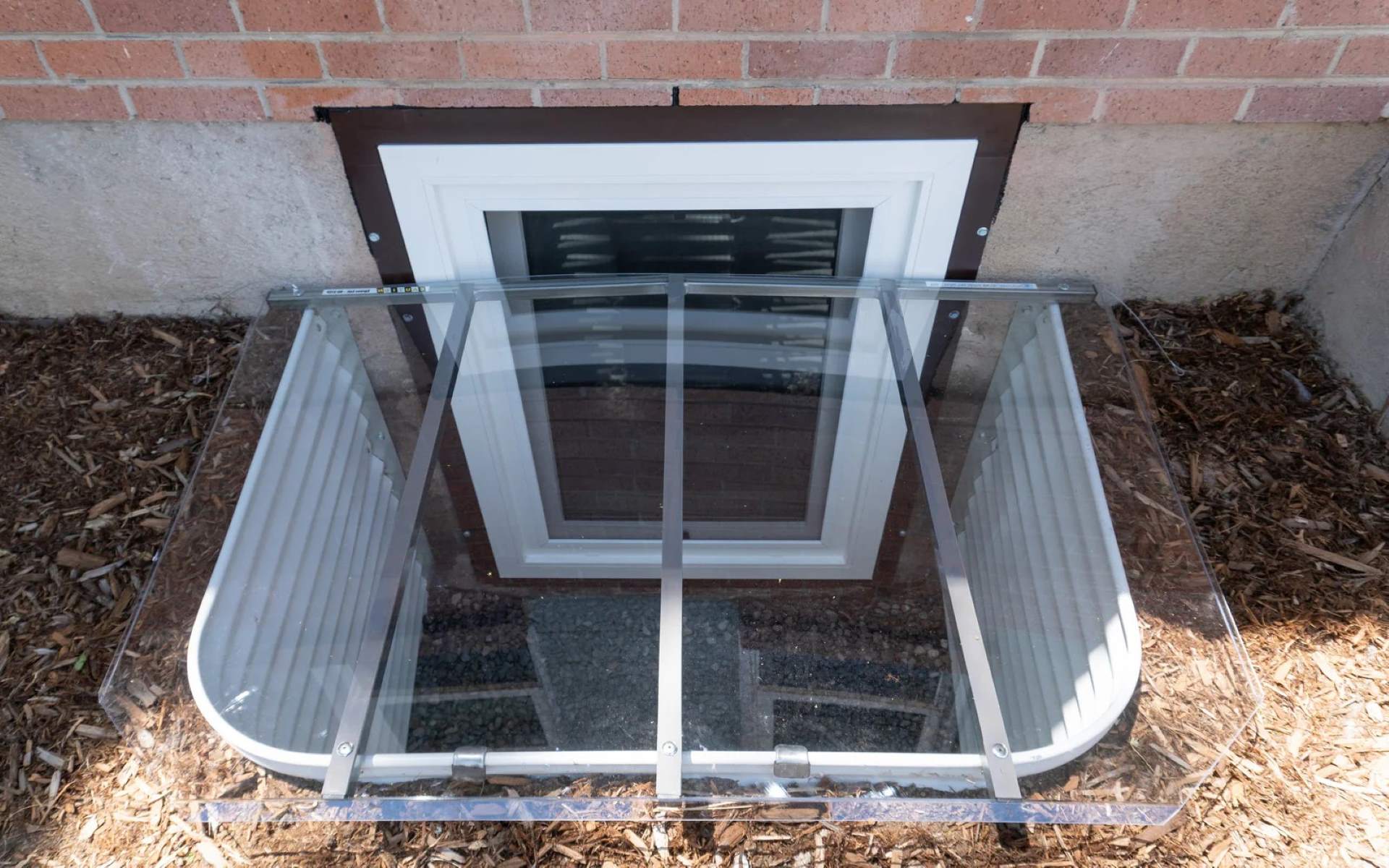
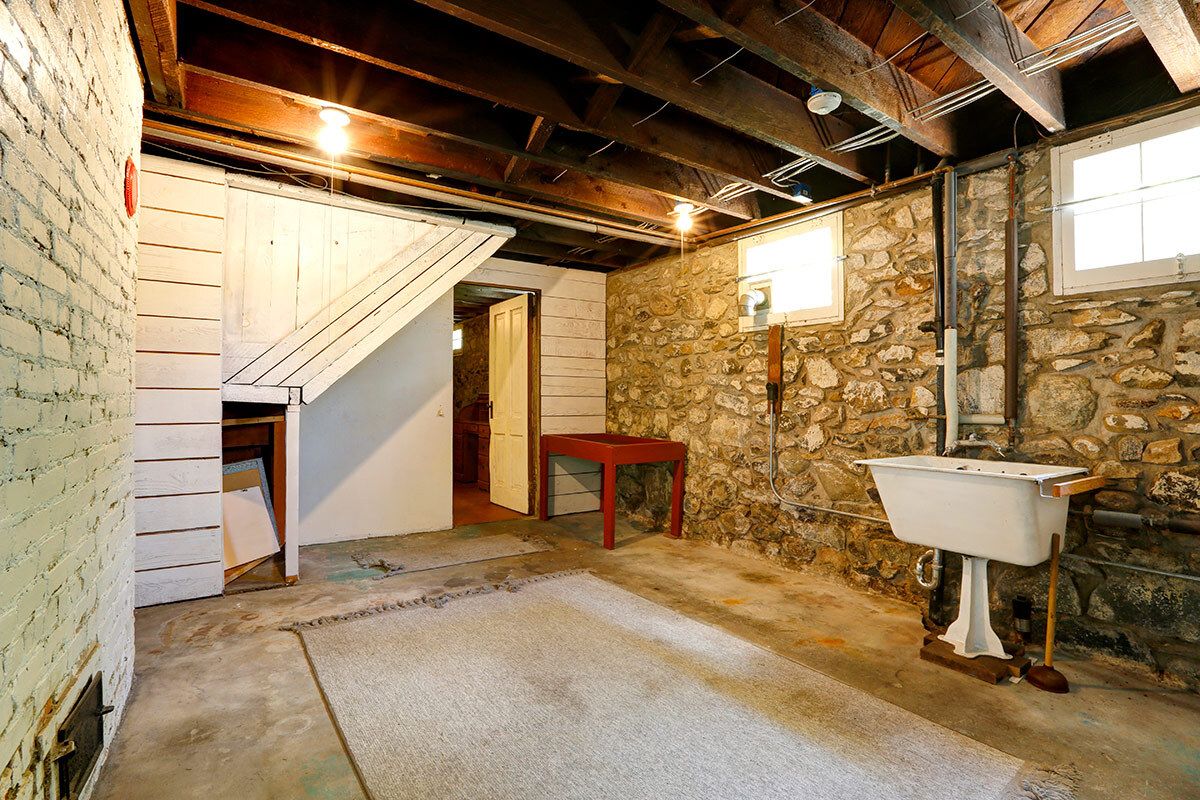
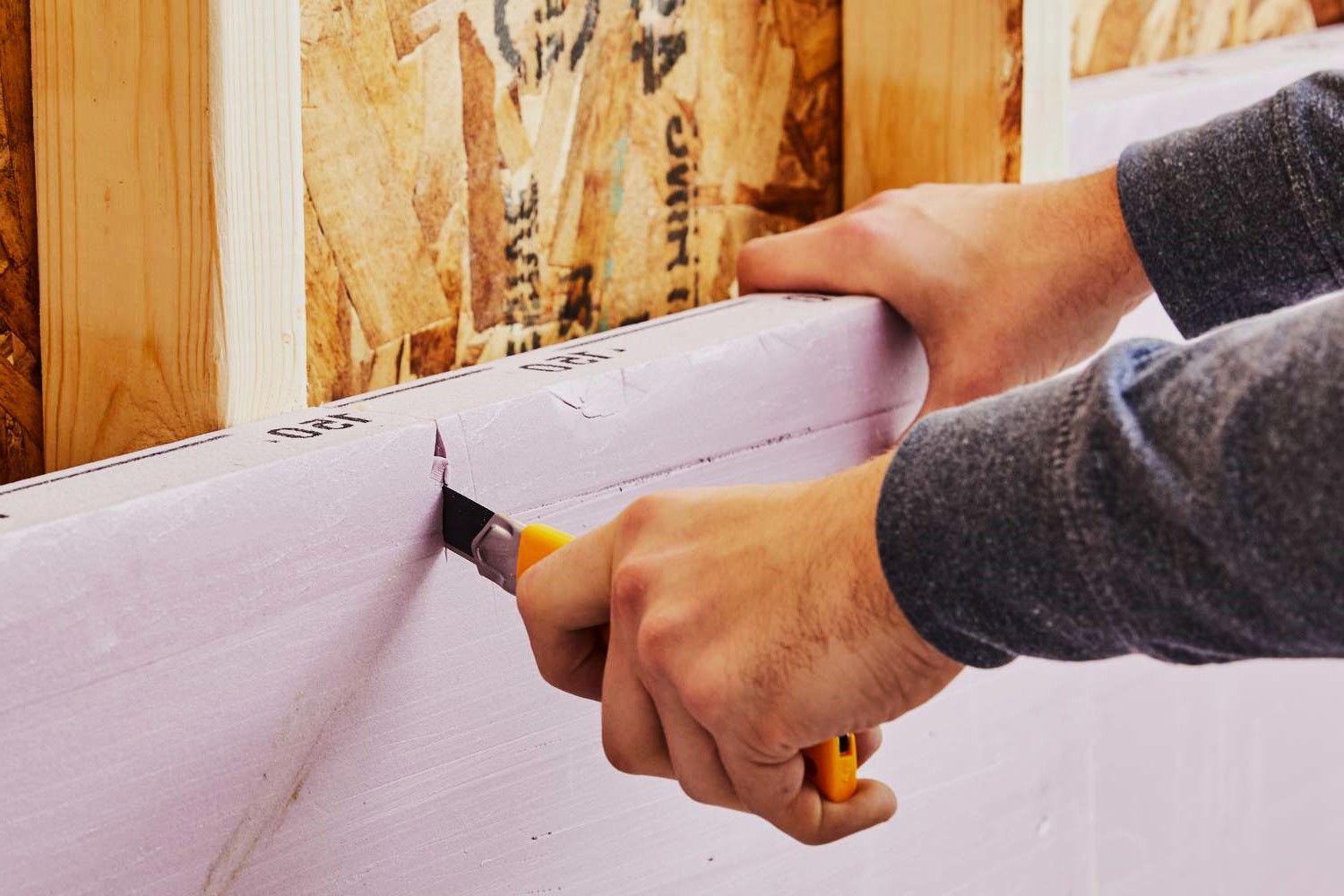
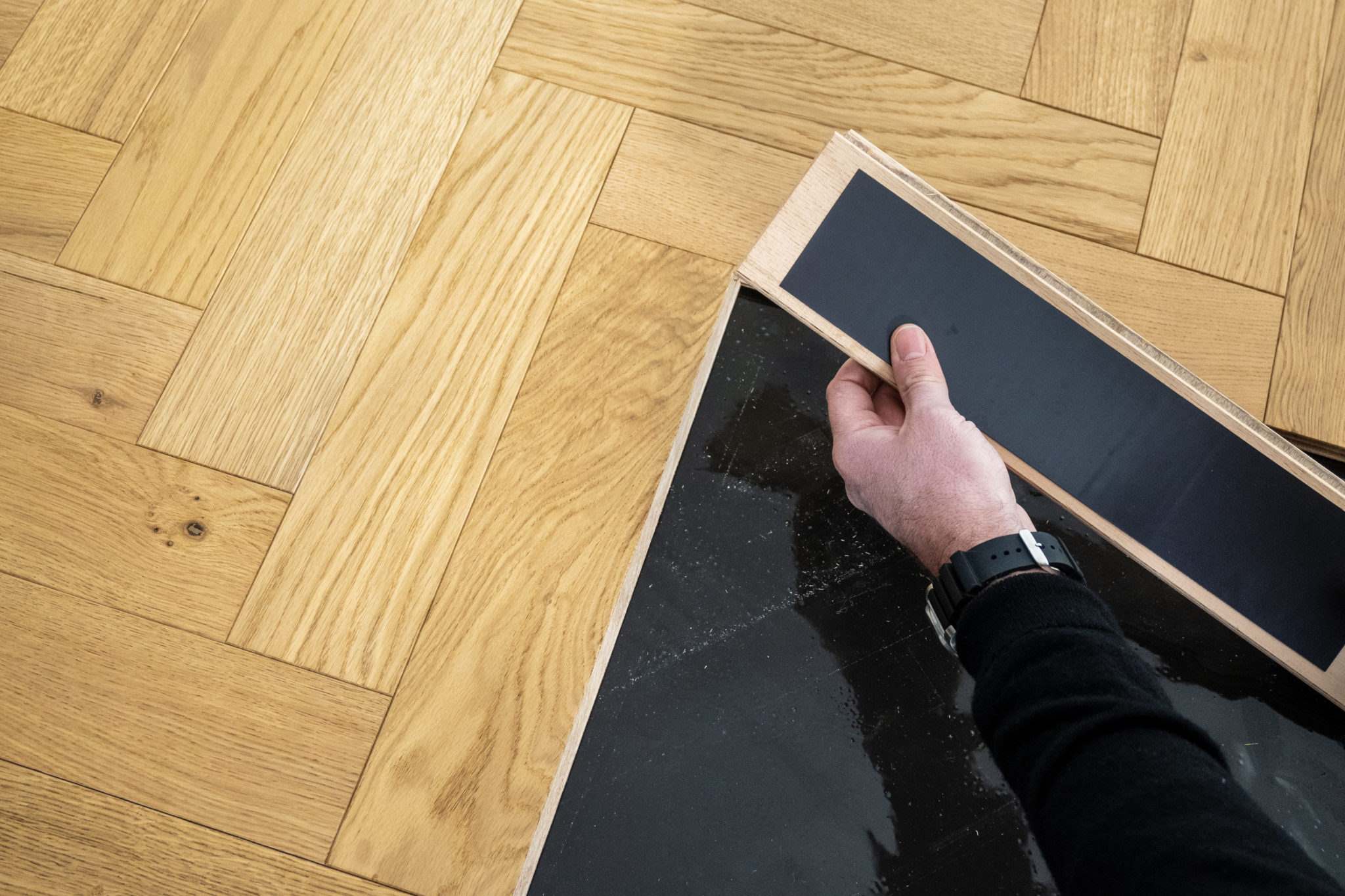
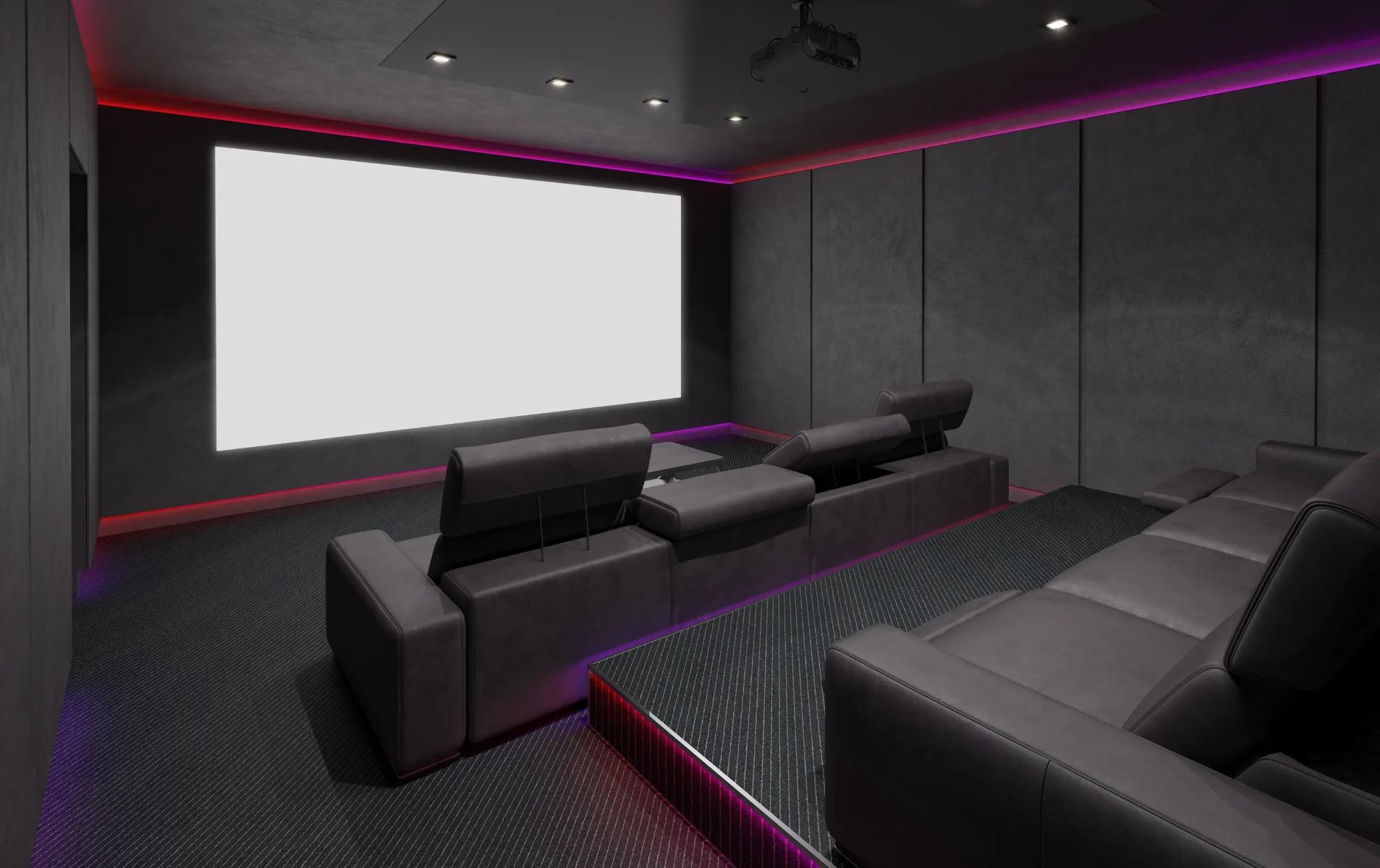
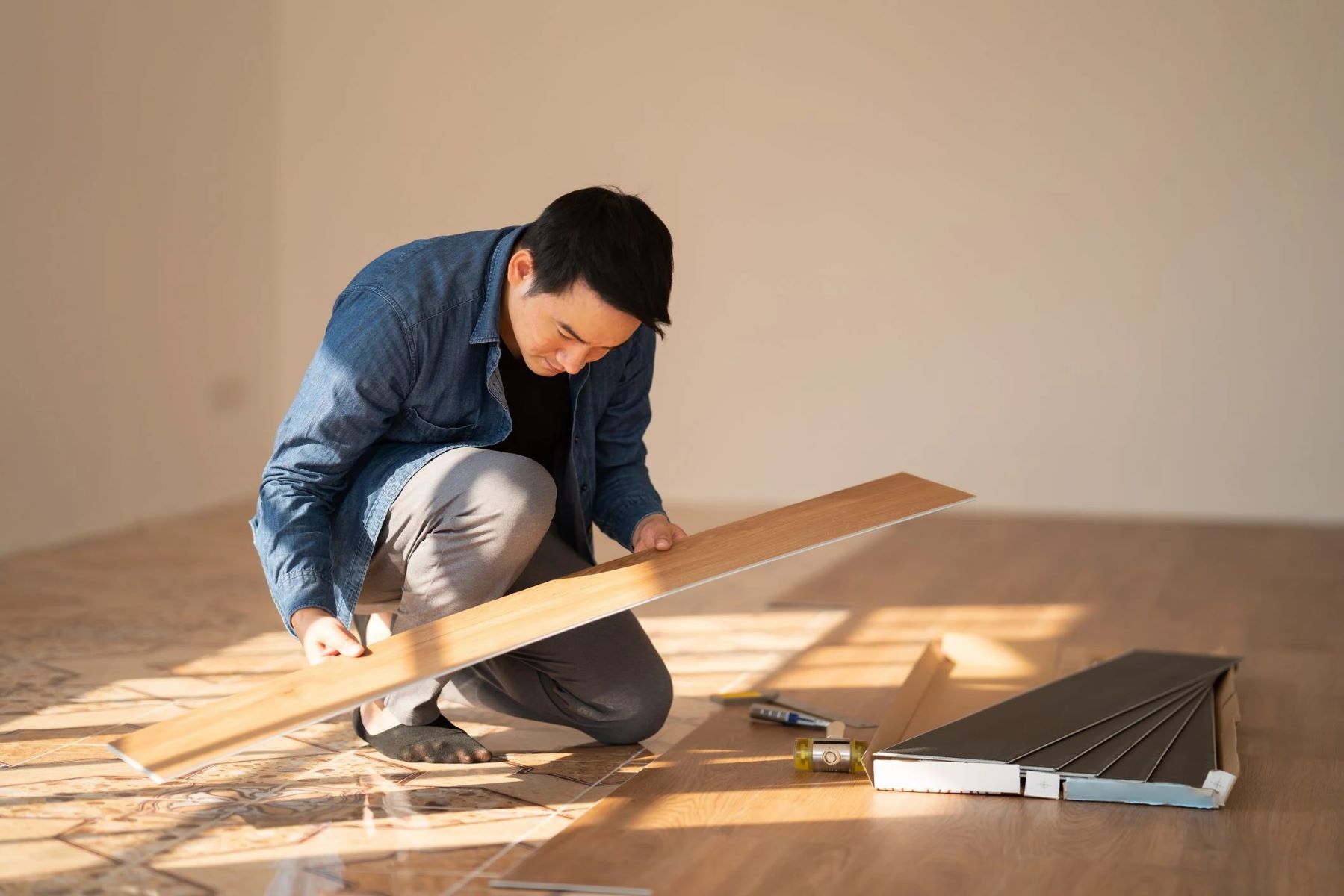
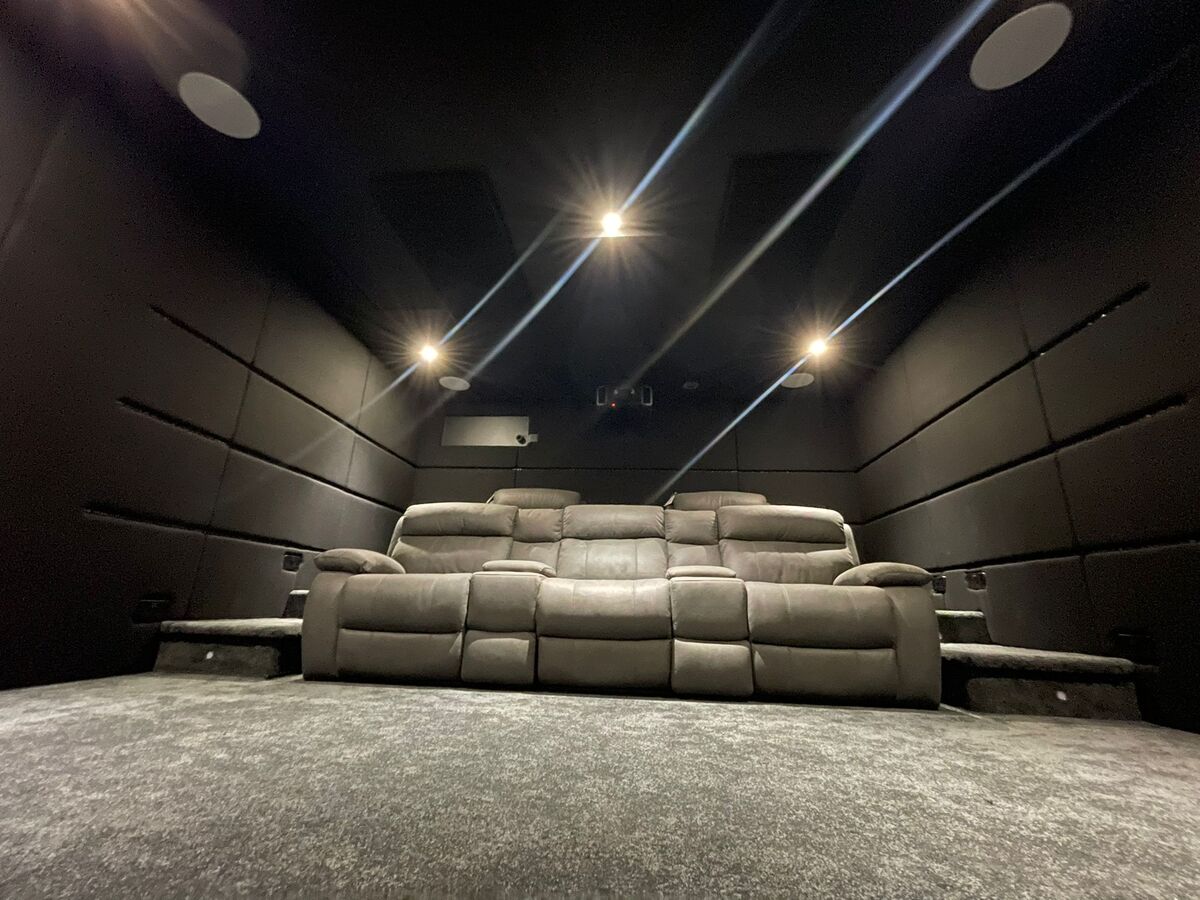

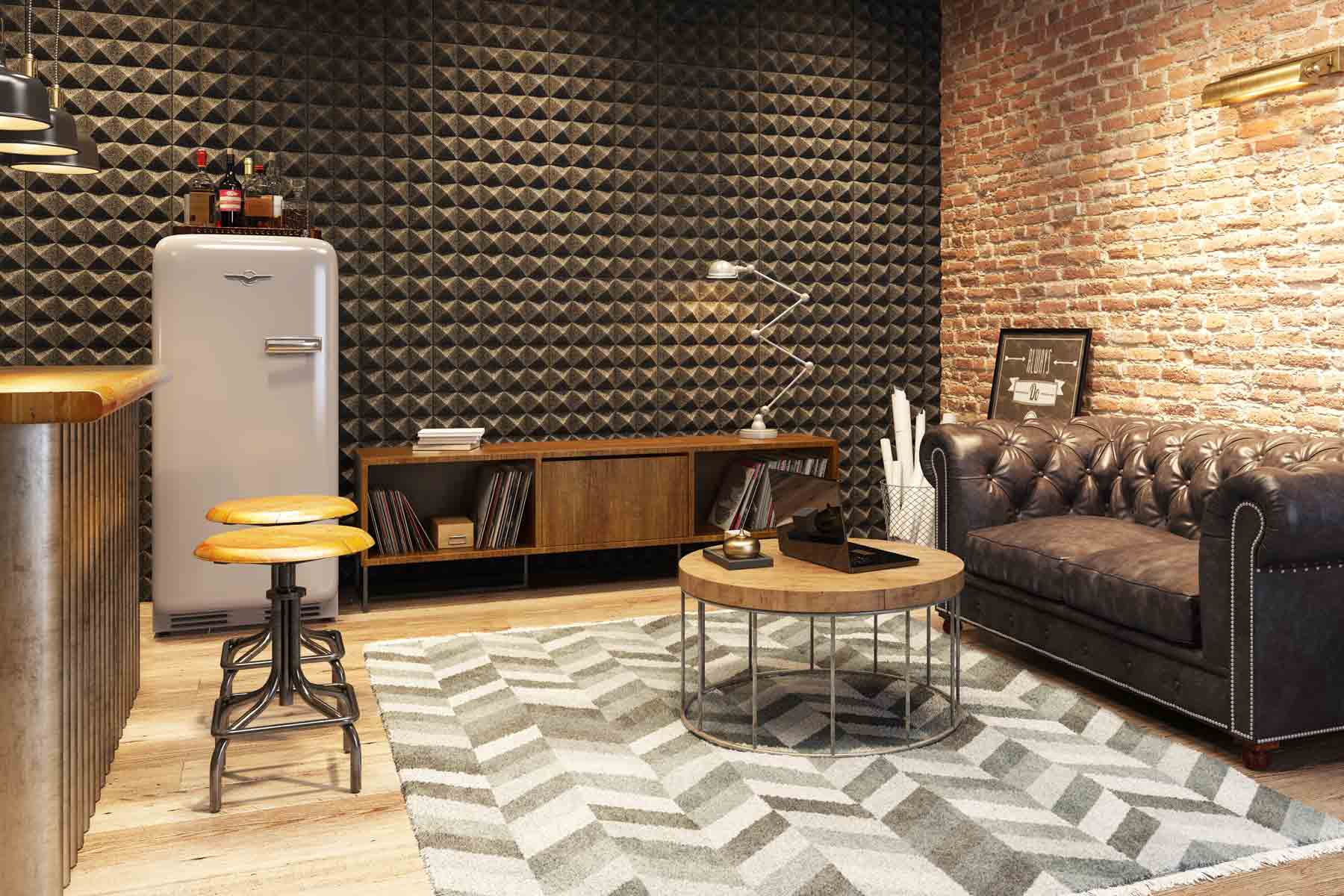
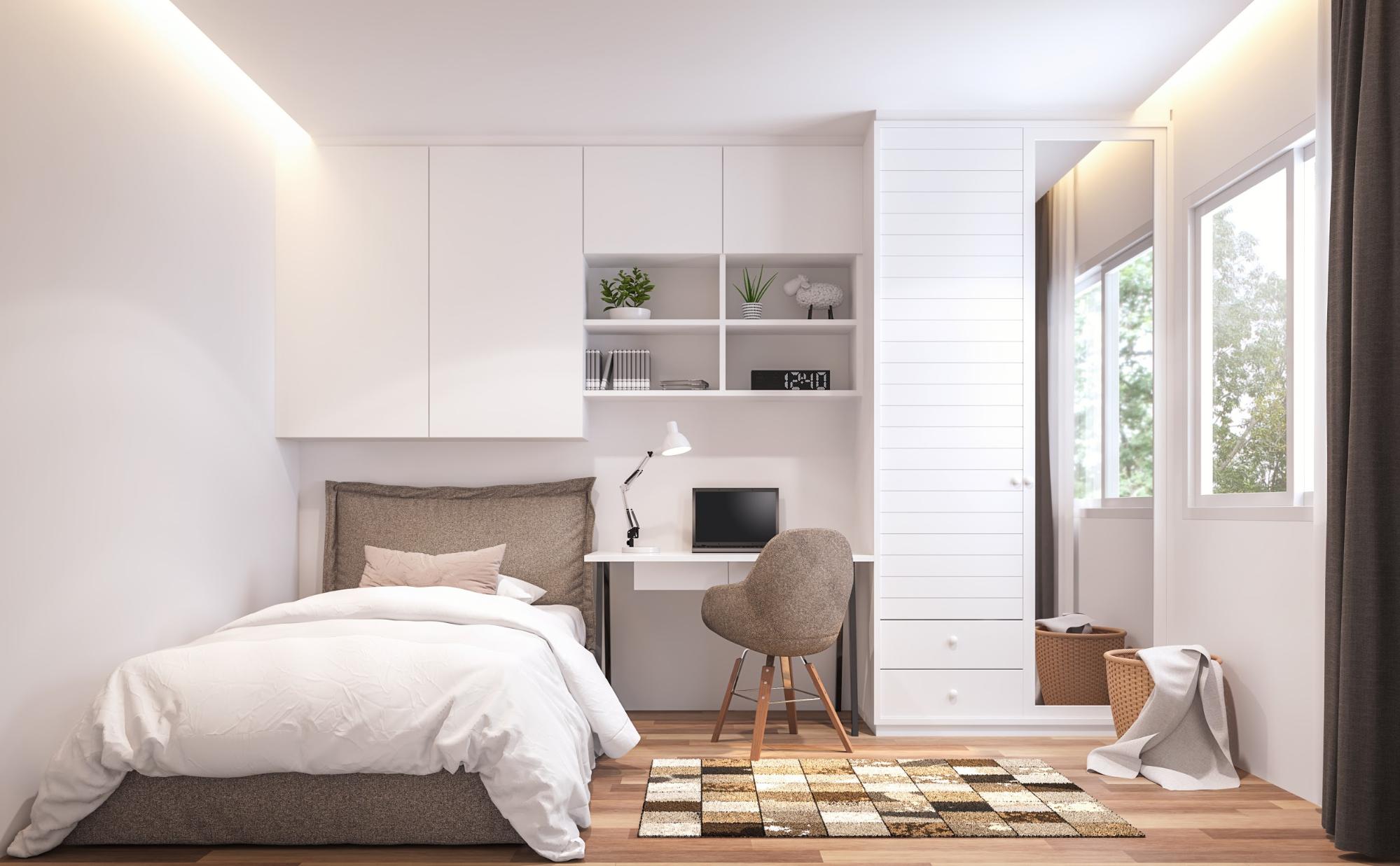
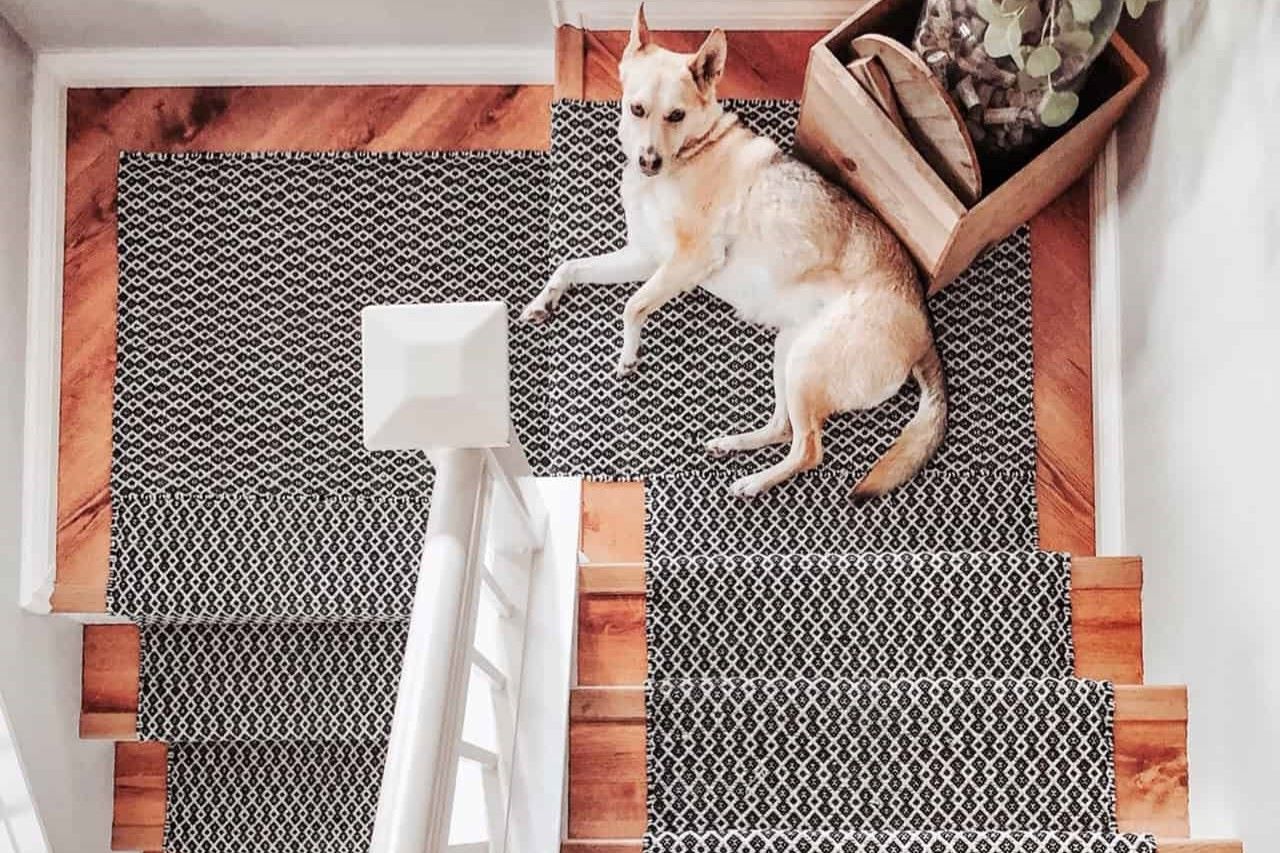
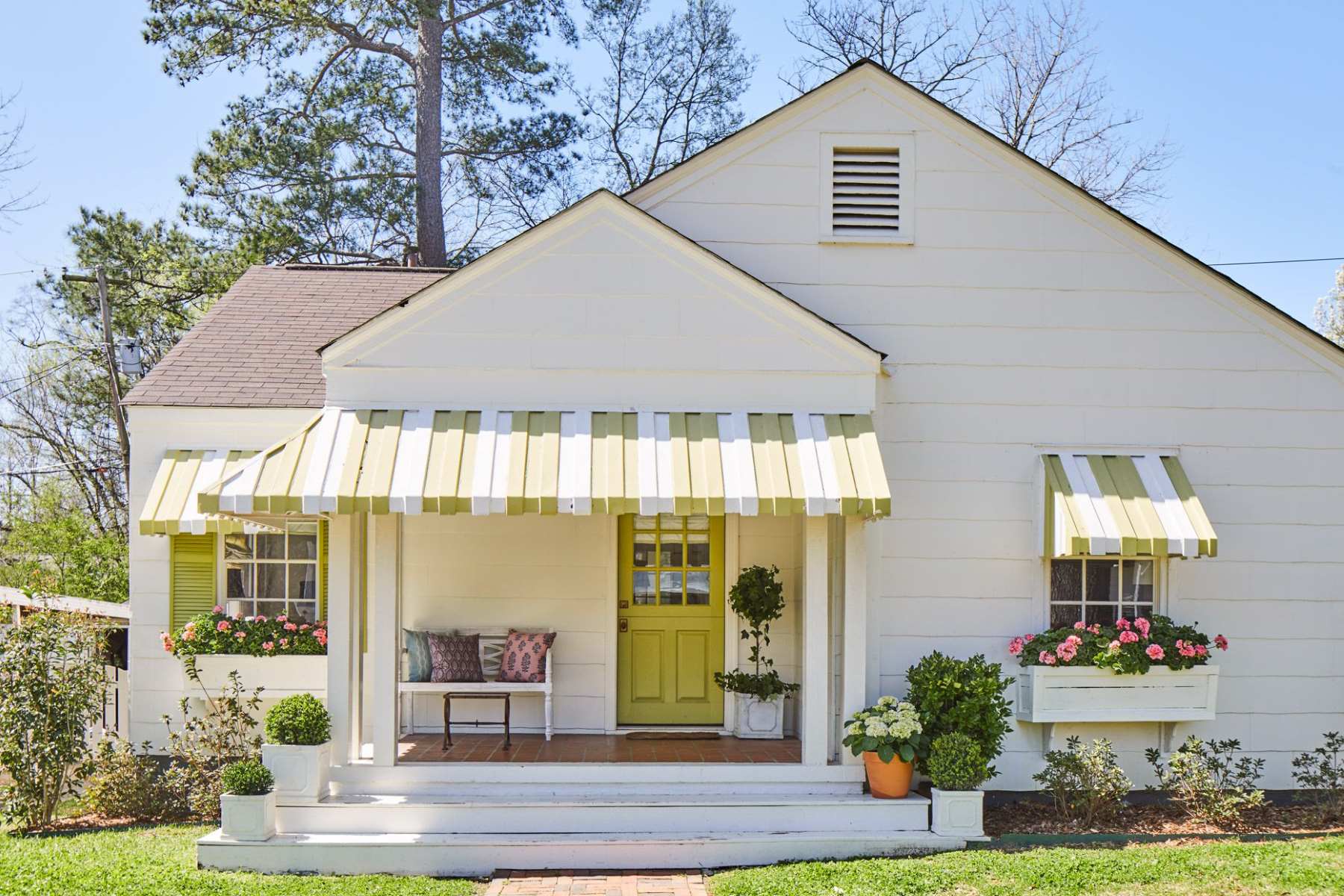

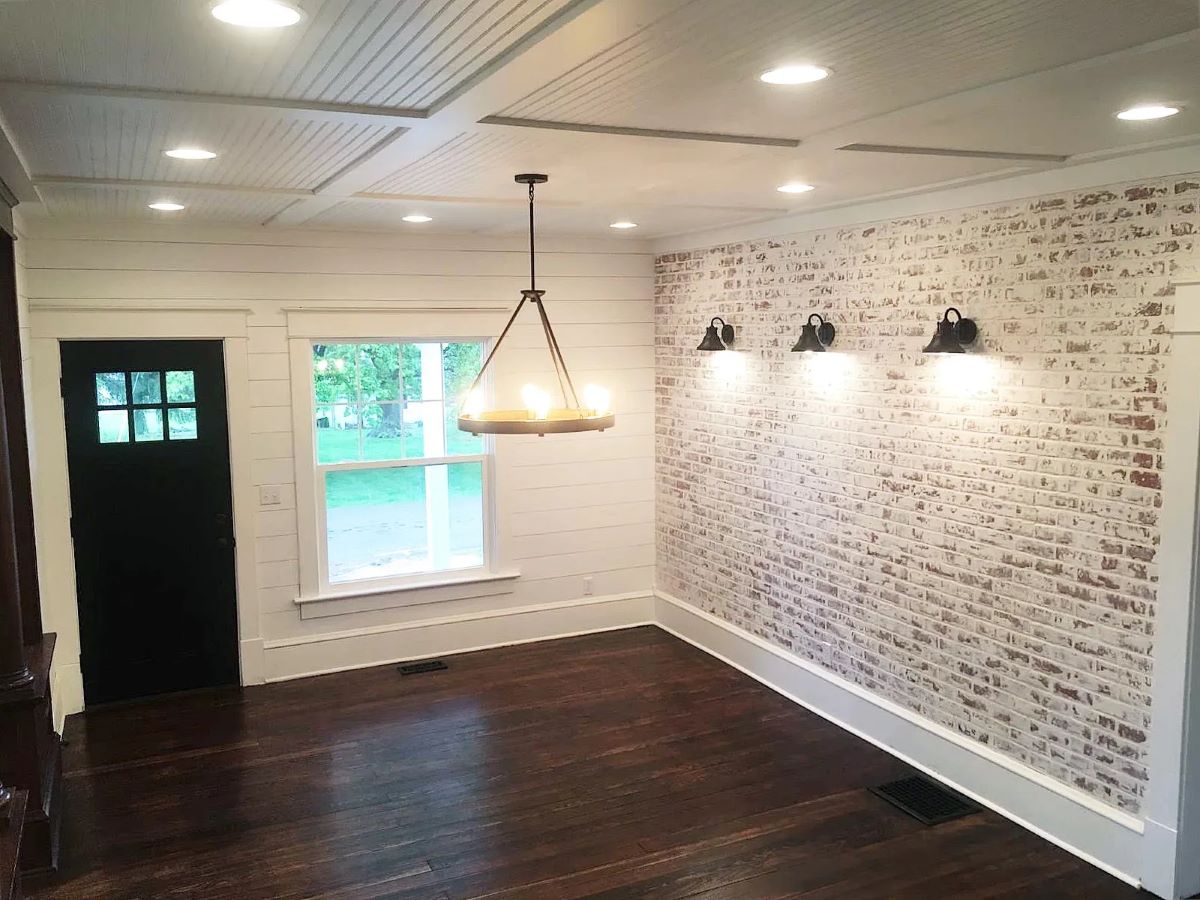

0 thoughts on “Upgrading Your Home’s Basement With DIY Soundproof Home Theater”